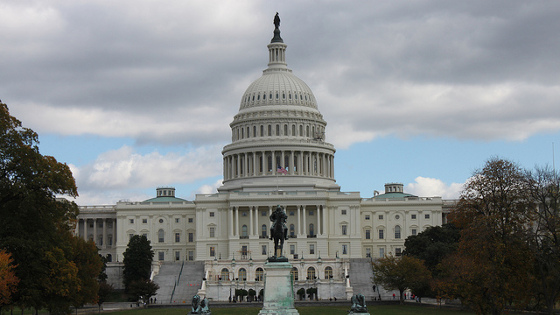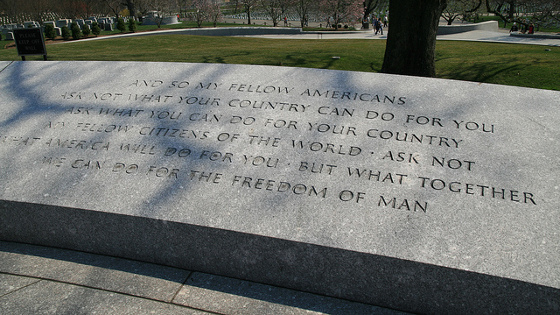I'm sure you have seen this building before!
Following the route in Washington, you get to the U.S. Capitol Building, the meeting chambers for the Senate and the House of Representatives, which is one of the most recognizable historic buildings in Washington, DC, located at the opposite end of the National Mall from the Washington Monument.
The Capitol Building is a prominent landmark and an impressive example of 19th-century neoclassical architecture.

At the end of the session, you will have:
- used a thinking routine about the U.S Capitol.
- learnt about when to use future modals such as "will" and "might".
To start with, let’s begin with a thinking routine, about the US Capitol. Look at the picture of this building:
After viewing this picture of the US Capitol in Washington, answer the questions below:
- What can you see?
- How old do you think this building is?
- Who do you think that works there?
- Can this building be visited by any citizen?
You can obtain more information about the history and facts of this building at the official U.S. Capitol Visitor Centre website.
Then, after visiting the website, answer the following questions:
- What do you think about this building?
- Have you ever visited a parliament?
- What does it make you wonder?
You have to answer these questions in your personal blog. The title of the post must be "U.S. Capitol Thinking Routine"
Remember that the U.S. Capitol must be part of the route at your Google Sites map.
Continue with your posts on Twitter (#taskprediction and #EDIAwashington). Do you usually see these kind of buildings? Have you ever visited an administrative building? Who did you go with when you visited it? Was it a school excursion? The 'Rubric to assess a Tweet' can help you do a good job in this social network.
